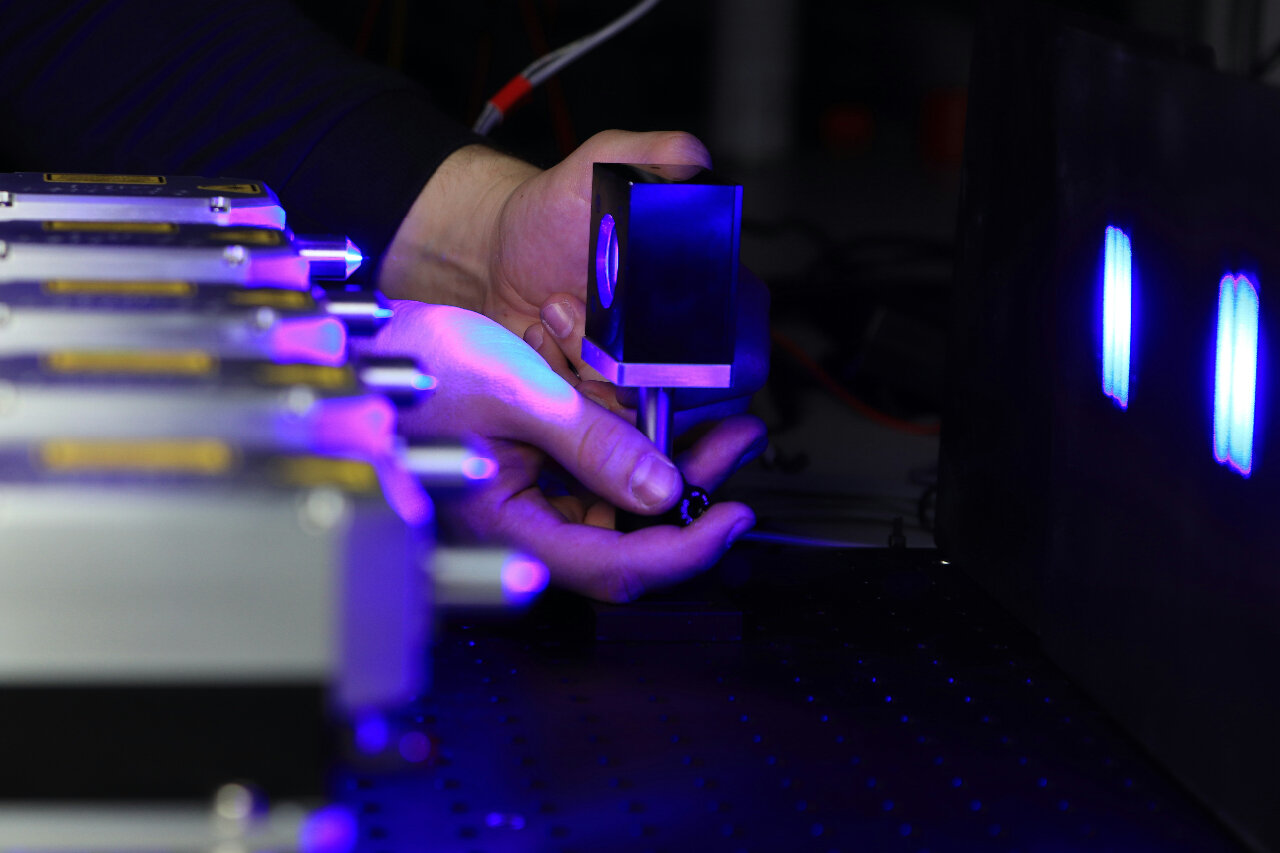August 15th, 2024, Laser Cutting, Plasma Cutting
Cutting technologies play a pivotal role in shaping how we design and create. Among the various cutting methods available, plasma cutting and laser cutting stand out as two popular options, offering unique advantages and applications. Whether you're a seasoned fabricator, a small business owner, or a DIY enthusiast, understanding the differences between these two cutting techniques can significantly influence your project.
This blog delves into the intricacies of plasma and laser cutting, exploring their specific use cases, pros, and cons. By examining the strengths and weaknesses of each method, you can understand what option is better suited for your needs. Let’s start with plasma cutting.

Plasma cutting works by using a high-temperature plasma arc to melt and sever conductive materials, typically metals such as steel, aluminum, and copper. The process involves the ionization of gas (usually compressed air) to create a high-velocity jet of plasma that can cut through the material.
Plasma cutting has use across a range of industries. Here are some of the most common uses for plasma cutting:
There are various areas where plasma cutting excels, but like any cutting method, it has some notable limitations.
Laser cutting is a manufacturing process that uses a focused beam of high-intensity laser light to cut through various materials with precision. The laser energy melts, burns, or vaporizes the material along a predetermined path, allowing for intricate and detailed designs.
Both plasma cutting and laser cutting are effective cutting methods which have their own advantages and disadvantages. Their capabilities largely mirror each other, with small differences in how they make cuts and what they can cut efficiently. So with that in mind, how does one decide which is more suitable for a project?
Thanks to its high temperature output, plasma cutting thrives when manufacturing thick materials, such as thick cast iron plates and thick copper plates used in electrical and thermal applications. If your project only includes plates made of metals like brass, iron, copper, stainless steel, aluminum and titanium, plasma cutting will be able to produce cut materials effectively and with a quick turnaround time. If you’re looking for a cost-effective option, plasma cutting machine service tends to run at a smaller price than laser cutting.
At Ball Service Group, we offer precise and efficient plasma cutting services, with the capabilities to handle projects of varying capacity. Whether it’s cutting sheets or thick plates, or simply a DIY project, BSG can provide the expertise you need to bring your project to life. Request a quote and work with our skilled technicians to optimize your custom metal fabrication project.
Our laser cutting machine at Ball Service Group has a wider range of capabilities than our plasma cutting, making it the better choice for extensive projects that are out of the range of plasma cutting. For example, projects that involve complex shapes, such as tubes, pipes, or other non-flat components, are best executed with laser cutting. Additionally, laser cutting offers an elevated level of precision from plasma cutting, making it the superior choice for projects that involve highly detailed designs.
Ball Service Group uses the state-of-the-art Amada 9kW ENSIS 3015 RIe to execute laser cutting services across Ontario. This laser cutting machine has extensive automation options to make every cut accurate and consistent. Trust our technicians to handle your projects with exceptional attention-to-detail, ensuring your project comes out exactly the way you pictured it. Contact us today to get started.